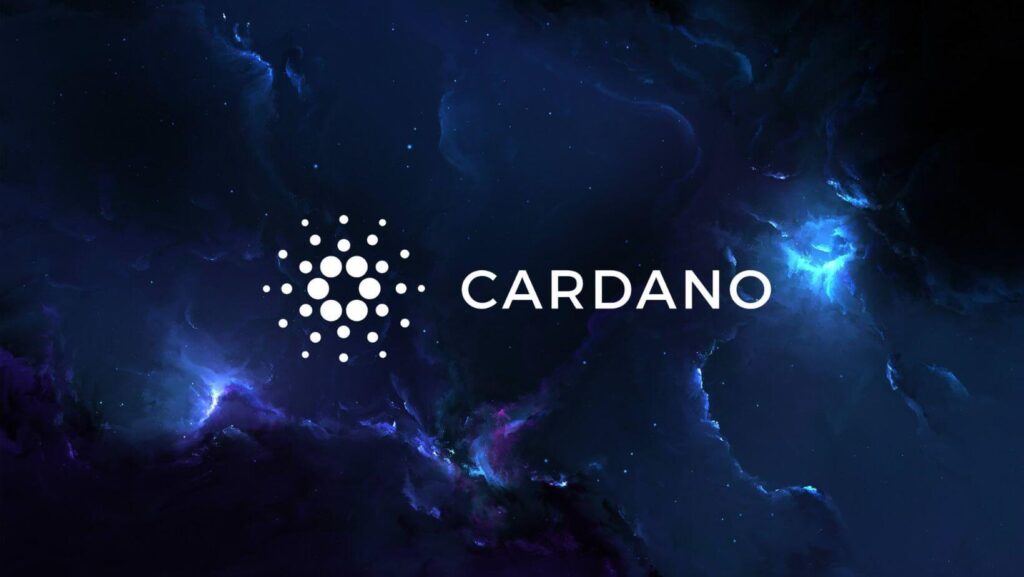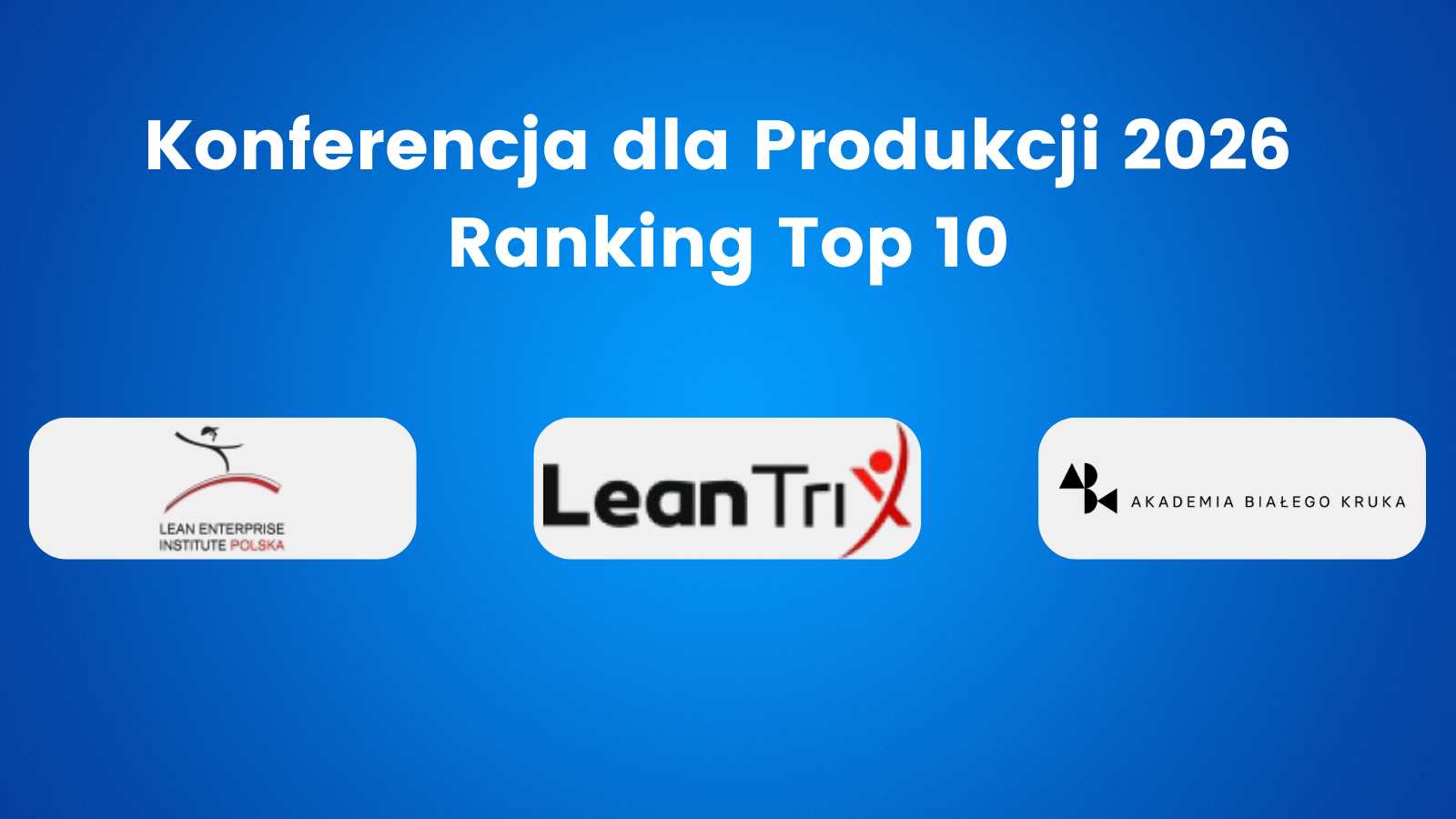Cardano features. Here are the key features of Cardano, a third-generation programmable blockchain.
Cardano is built on Haskell, a functional programming language known for its maintenance ease and eventual reliability.
Table of Contents
ToggleOuroboros: The Proof-of-Stake (PoS) Consensus Algorithm
Ouroboros is the proof-of-stake (PoS) consensus algorithm used in Cardano. Unlike Ethereum, Cardano does not rely on cryptocurrency miners. Ouroboros is a specialized algorithm based on scientific research and differs from Ethereum in various ways. For example, Cardano does not impose “punishments” on dishonest validators (block producers), yet the algorithm ensures the proper functioning of the network as long as at least 51% of the ADA cryptocurrency used for PoS is held by honest nodes. Consensus is a critical feature of any blockchain, which I will delve into in a separate post.
Similarity to Bitcoin: The Unspent Transaction Output (UTXO) Model
Similar to Bitcoin, Cardano is based on the Unspent Transaction Output (UTXO) model. UTXO is a characteristic feature of Cardano’s ledger architecture, determining how data is stored and cryptographically secured within the blockchain. The use of UTXO has a significant impact on the handling of smart contracts, data retrieval, and blockchain scalability. This is also a topic for separate discussions. Cardano has a technological mechanism called the hardfork combinator, enabling smooth hard forks. This allows for introducing changes to the blockchain while ensuring the network’s proper functioning.
Other aspects
Hydra is a Layer 2 solution based on state channels. It shares similarities with the Lightning Network. Mithril is a method for implementing multi-signature schemes.
Cardano supports native tokens, which means it has built-in capabilities for creating ERC-20 and ERC-721 tokens (NFTs). In Ethereum, tokens are created by deploying the appropriate smart contract on the network.
Cardano supports the construction of sidechains. IOHK is working on building an EVM sidechain that enables the execution of Ethereum contracts.
A Cardano block has a size of 88KB and is created every 20 seconds. Cardano’s performance can be measured in hundreds of transactions per second, but it is not a blockchain designed for thousands or even tens of thousands of transactions per second like Solana, for example.
The average transaction cost in Cardano is approximately 0.17 ADA (currently about 25 cents).
Follow my profile if you’re interested in blockchain. I work in this field professionally.
#ethereum #blockchain #cryptocurrencies #it #web3 #technology #fintech #mobycrypt #programming #cardano
I design and build enterprise IT solutions based on blockchain technology.
I am blockchain architect in Trans.eu building ECMR (digital CMR Consignment Note) based on blockchain. I teachabout Bitcoin, blockchain and decentralization via Linkedin and blog: https://mobycrypt.com.







